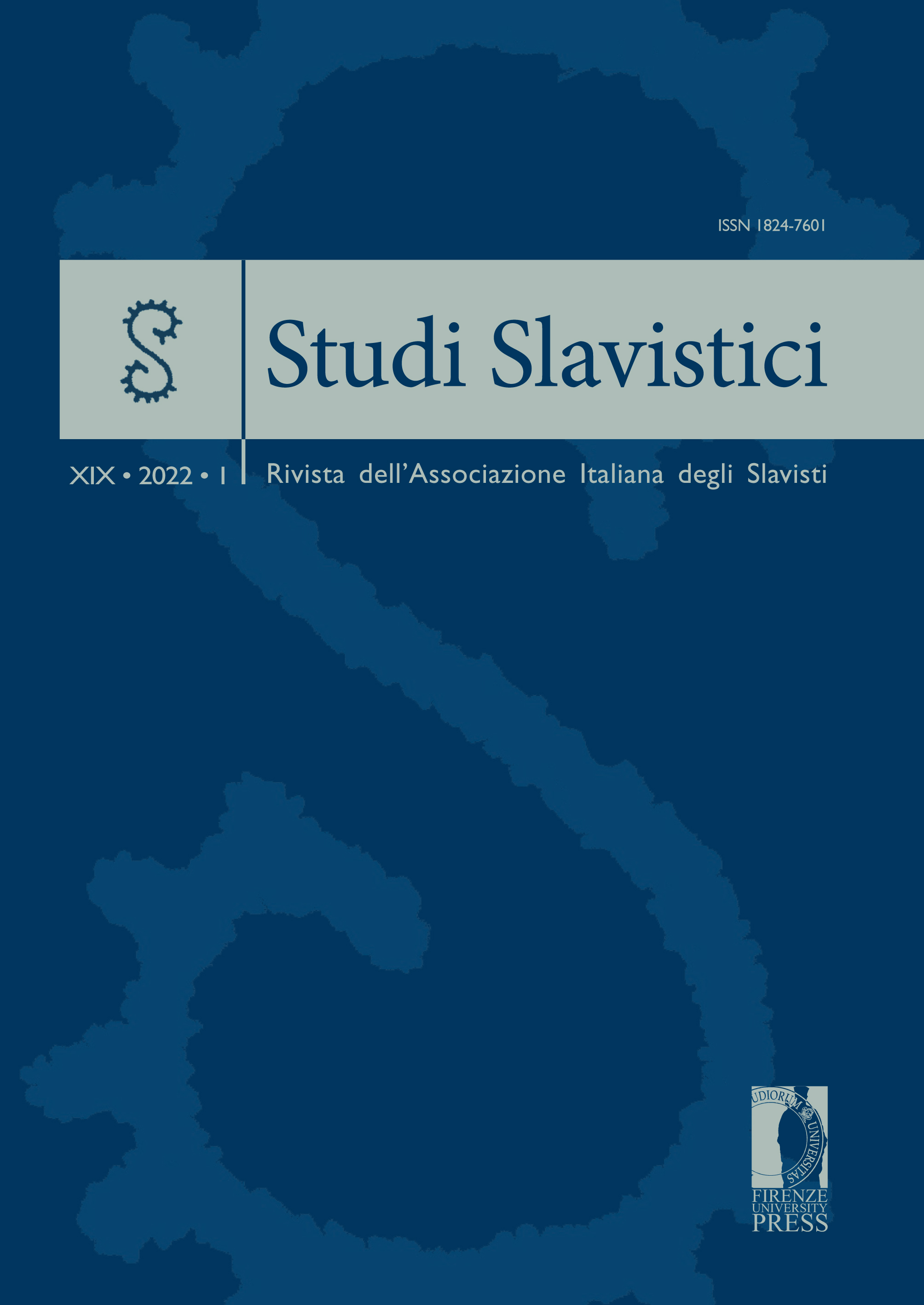The Linguistic-Textual Markers in the Late Medieval Slavonic Biblical Translations from Jewish Originals
Published 2022-05-28
Keywords
- Slavonic Bible,
- Jewish-Christian Relations,
- Pentateuch,
- Song of Songs,
- Old Ruthenian
- Church Slavonic,
- Judeo-Turkic,
- Old Yiddish,
- Language Contacts,
- Targumim,
- Linguistic-Textual Studies ...More
Funding data
-
Russian Foundation for Basic Research
Grant numbers 21-012-41004
Abstract
The article raises the question of language items (words or phrases) which could be the markers of a textual relationship between Biblical translations and their originals, on the examples of two East Slavonic texts created presumably in the 15th century in the Ruthenian lands of the Grand Duchy of Lithuania. The article is based on the data of the edited Slavonic-Russian Pentateuch and two versions of the East Slavonic translation of the Song of Song, from the museum (Russian State Library, Moscow, mid-16th century) and Vilna copies (Wroblewski Library of the Lithuanian Academy of Sciences, Vilnius, first quarter of the 16th century), including the glossary for both versions from the so-called Zabelin Set, a cluster of Biblical texts translated from Jewish sources into Old Ruthenian from the 17th-century manuscript (State Historical Museum, Moscow). These examples demonstrate the importance of the search for possible intermediary languages for texts, which, by all formal indicators, are the fruit of direct language and literary contacts between Slavs and Jews. There are proposed methods of ascertaining an original language and the language of a possible intermediary through a system of linguistic-textual markers. The weakest linguistic-textual markers are Hebrew loanwords written with Cyrillic script, especially when these are proper names only. Such forms do not exclude the possibility that their source was not the Masoretic Text itself, but translations of the latter made within the framework of the same Jewish tradition, i.e., the Targums (cfr. in particular the ‘Old Yiddish Targum’ and the ‘Judeo-Turkic Targum’). The most reliable linguistic-textual marker turns out to be the presence of words that are not just foreign-language borrowings and not from the Hebrew language, but that also qualify as hapaxes that were not adopted by the language of the book tradition into which the corresponding translation was made. Between these two extreme types of markers there are intermediate steps, which in different ways reveal the presence of an intermediary language and an intermediary text, but as a whole, all the markers speak in favor of the existence of these intermediaries.


